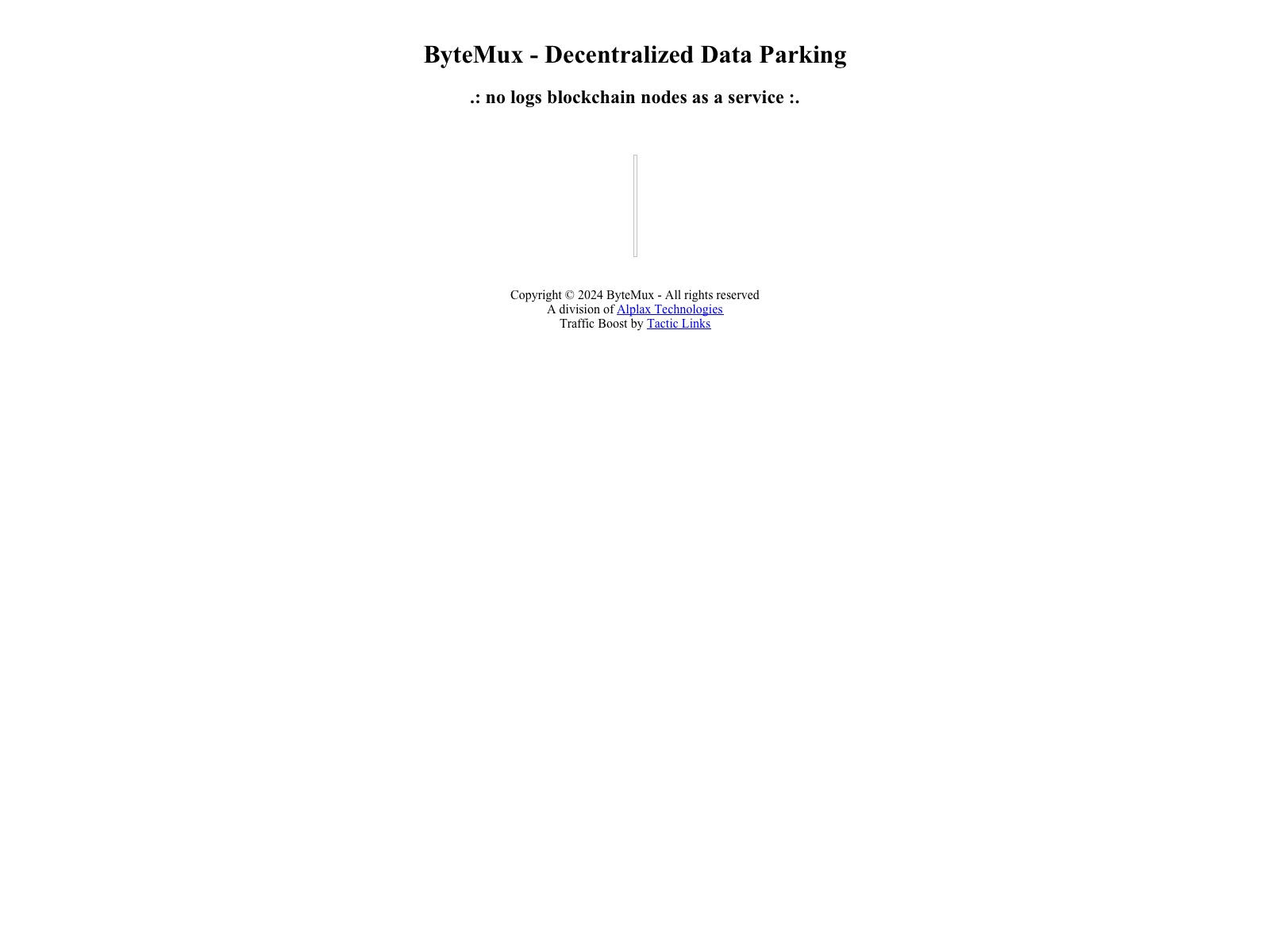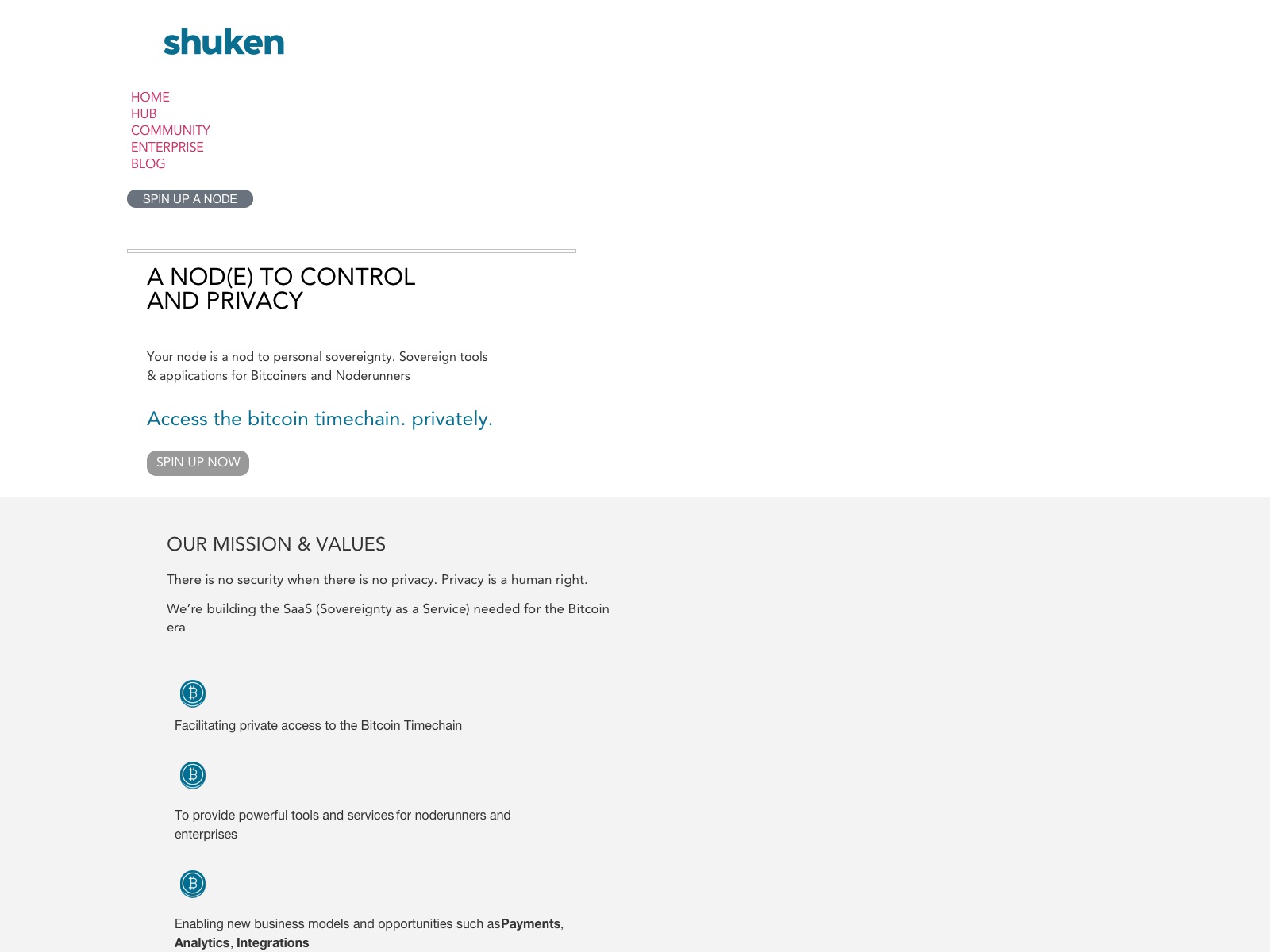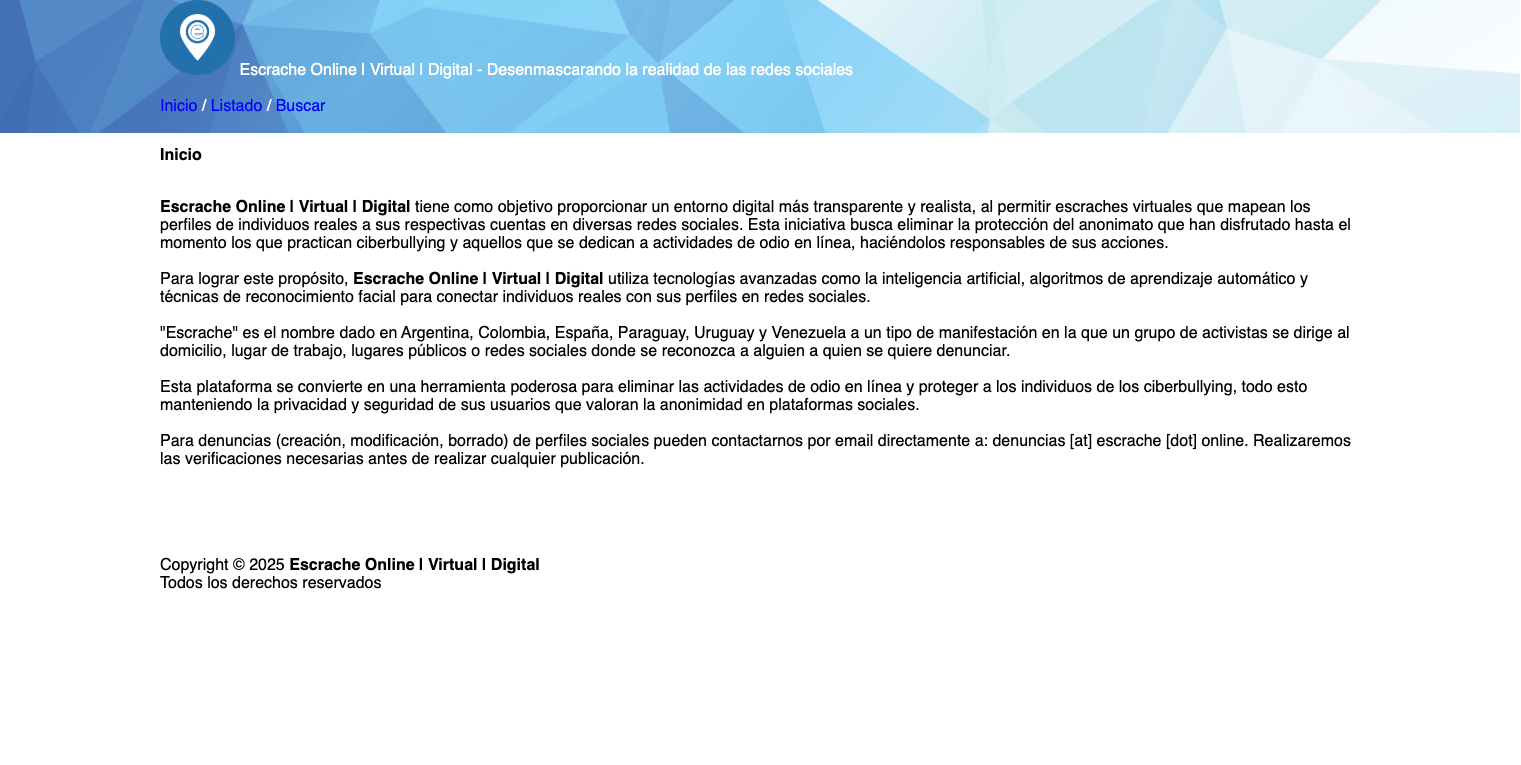Tactic Links - Organic Traffic Booster - Home
|
Path: Home > List > Load (simonwillison.net) |
Home | About | List | Rankings | Search | Submit |
| domain | simonwillison.net |
| summary | The content appears to be a summary or index of various topics related to AI and machine learning models. It includes discussions on prompt-driven app development (Phoenix.new), the Gemini 2.5 model family by Google, security concerns for LLM agents including private data risks from untrusted sources like ChatGPT, Google's approach to agent security with examples such as Comma v0.1, potential tools that can run in terminal using chat-based language models and their limitations when it comes to sensitive information (like the UK's AI secretary's password), new features of other LLMs including Llama 4 by Microsoft Phi-4-reasoning, image segmentation capabilities with Gemini 2.5 as well as a brief mention about Microsoft's latest release on April 9 which is not explained in detail. The content also includes insights into how frequently information from chatbots like ChatGPT can be shared (snitch), the potential of using LLMs for building software and new vision support, various discussions around 'vibe coding' misunderstanding among publishers/authors as reported by Metasquad. It references specific events such as an introduction to Google's Gemma 3 model on March 12 or a live blog about Claude's system prompt update which doesn't provide further context. There are also mentions of LLMs like Qwen and their release strategies, updates from Microsoft Phi-4-reasoning in terms of performance (e.g., its reasoning capabilities), the utility for search-based research using AI assistance by April 21st without details on how this works. The entry about 'Image segmentation' seems to focus specifically on Gemini 2.5's new feature which isn't elaborated upon. Overall, it appears that LLMs continue evolving with introductions of various models like Comma v0.1 or 7B versions trained using openly licensed text and ongoing discussions around security measures such as prompt injection attacks mitigations are prevalent concerns alongside general curiosity about the potential risks when interacting directly through chatbots for sensitive tasks (e.g., password disclosure). The summary also suggests there is a broader discourse on how LLMs integrate with tools like terminals or potentially run applications, but without much detail provided in this list of summaries. |
| title | Simon Willison’s Weblog |
| description | Simon Willison’s Weblog |
| keywords | code, context, llms, using, tool, have, prompt, like, model, coding, more, programming, models, tools, june, engineering, agents |
| upstreams | blogroll.org, adactio.com, glazkov.com, tedunderwood.com, walknotes.com, waxy.org |
| downstreams | npmjs.com, nytimes.com, youtube.com, wired.com, mastodon.social, toot.cafe, daringfireball.net, mozilla.org, alexwlchan.net, github.com, twitter.com, observablehq.com, huggingface.co, bsky.app, mlc.ai, openai.com, menlovc.com, ollama.com, datasette.io, wikipedia.org, zachholman.com, htmx.org, ycombinator.com, microsoft.com, google.com, v0.dev, vercel.com, fosstodon.org, modelcontextprotocol.io, claude.ai, sourcegraph.com, zed.dev, python.org, semgrep.dev, jonathanadly.com, colivara.com, arxiv.org, jvns.ca, esm.sh, aider.chat, dustycloud.org, social.coop, w3.org |
| nslookup | A 104.21.64.1, A 104.21.16.1, A 104.21.112.1, A 104.21.96.1, A 104.21.32.1, A 104.21.48.1, A 104.21.80.1 |
| created | 2024-02-14 |
| updated | 2025-07-05 |
| summarized | 2025-07-05 |
|
HIGHSPOTS | |
 tacticlinks.com | |
 lhapsus.xyz | |
 whimed.com | |
 bytemux.io | |
 shuken.io | |
 escrache.org | |
 greenpeace.org |
Traffic Boost by Tactic Links
[took: 2718 ms]